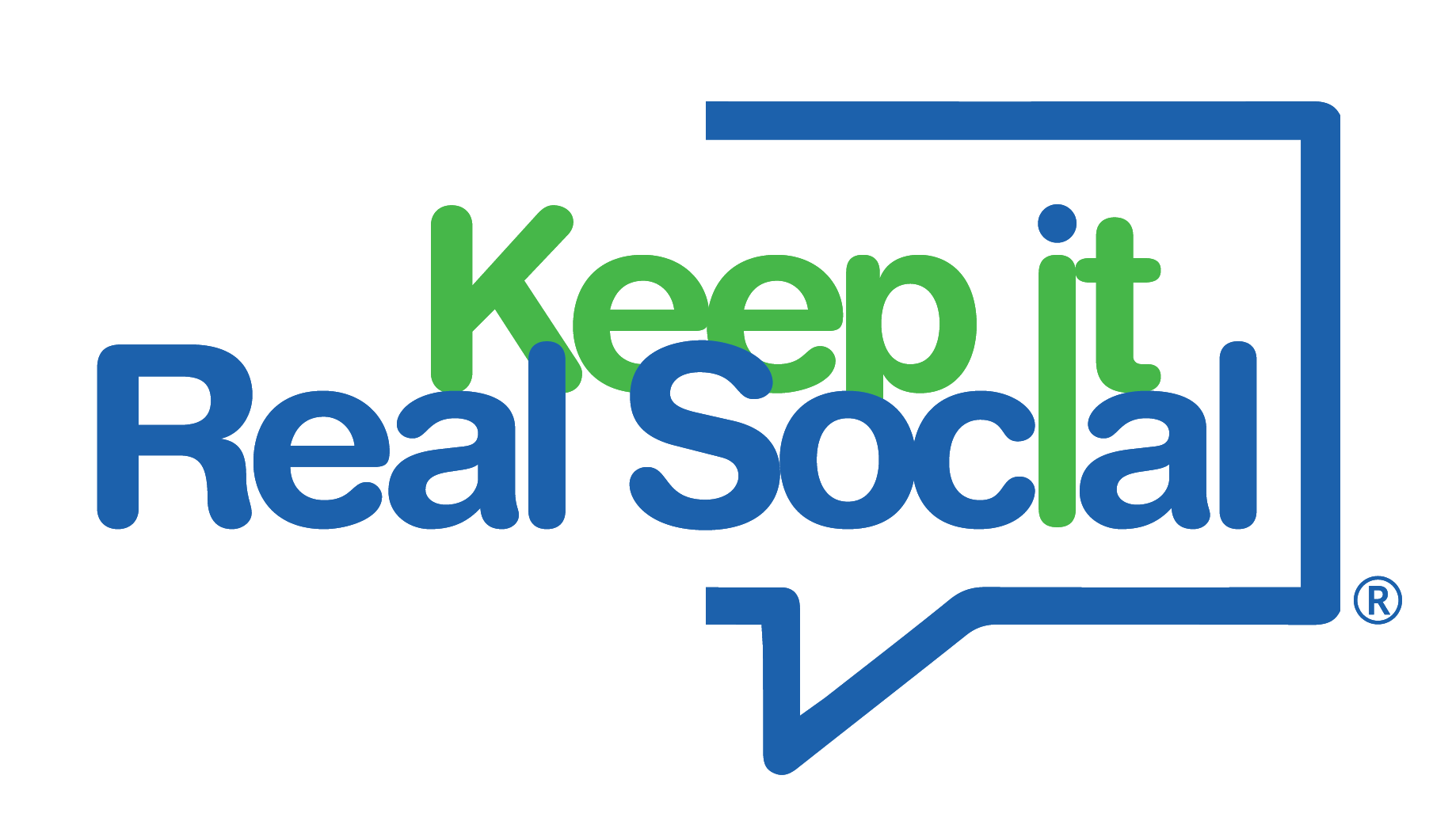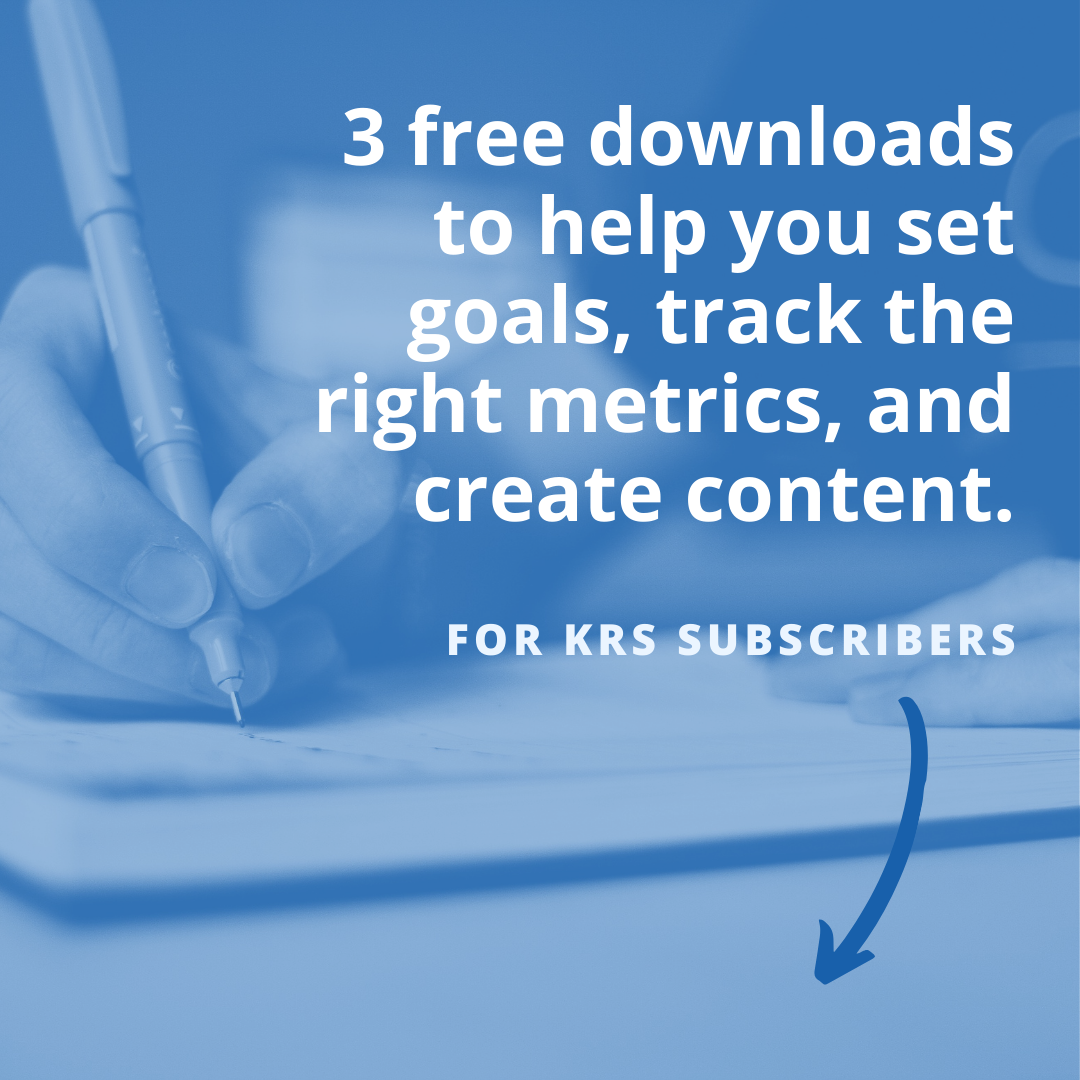Today, it’s harder than ever to catch a customer’s attention. The Internet is awash with free content that provides helpful and valuable information to anyone needing it. How do you make your content stand apart?
A relatively new method for not only grabbing your audience’s attention but also building a stronger bond is personalized content. If you’ve ever used Amazon or Netflix, you’ve experienced automated, personalized content. These sites offer you content based on what you’ve purchased or watched before. They use data about you to provide further content based on your taste and past behavior.
What Amazon and Netflix do is just one simple example of personalized content. There is a whole range of options available now for businesses that want to personalize their content.
Personalized content refers to using information you have on your target audience to create content tailored to their interests, preferences, or needs. A concise and detailed definition is given by the Content Marketing Institute:
“Content personalization is a strategy that exploits visitor or prospect data to deliver relevant content based on the interests and preferences of the target audience.”
The idea is to identify what your audience responds to best and create content with that’s in line with those needs and preferences. You have to understand the problems your audience faces and the questions in their minds, and then create content that helps with the problem or answers the question. When you personalize your content, you create a whole new experience. According to Demand Metrics’ Content Personalization report,
“Personalization makes content seem like a conversation instead of a speech.”
An essential part of personalizing content is automation, although not all methods are automated. When you send an email to a reader with a personal message that points them towards further content resources, this is a highly personalized experience. But automation provides many shortcuts that can also help in providing this experience, from Amazon and Netflix making recommendations as mentioned above, to Google auto-filling your search results, Facebook customizing your news feed, or a frequently visited website addressing you by name and asking if there is any way it can help.
Why Personalization is Important
In today’s world of information overload, personalization is essential for a number of reasons. First, customer attention is increasingly harder to attract. Today’s customer is constantly bombarded with content, so content creators need to make theirs stand out. Personalization does this by speaking directly to the user’s preferences, problems, and needs.
Personalizing your content allows you to create a stronger bond with your audience. They feel that you know them and you’re speaking directly to them. While everyone follows any number of content outlets online, your audience will read your content first if they feel they have a strong relationship with you.
When you personalize, it helps you gain a better understanding of your audience and qualify them for sales. You gain valuable information about your audience that tells you whether or not they’re likely to become qualified leads or not. You can then make offers that will convert to sales. Personalization also helps you gain feedback that’s useful for any business goal beyond sales, such as building relationships, increasing engagement, or spreading brand awareness.
Personalization offers a feedback loop between you and your audience that leads to even better targeting. First, you learn about them, and then you offer customized content. You can then monitor how they respond to this content, and use feedback to create even more personalized content. This offers opportunity for even more advanced targeting, and can build an even stronger bond between you and your audience.
Finally, technology today offers personalization capabilities that simply weren’t possible in the past. No focus group or survey could offer the instant personalization power of an automated program that identifies customers and offers custom-tailored content for them based on this data immediately.
In the next few blog posts, you will learn:
- How to lay the foundation for personalizing your content by understanding your target market through creating a target market profile, and where to find this information.
- Key tactics for personalizing content and the 5 levels of personalization where you can apply these tactics.
- Tools and techniques for personalizing content that save time and effort, including repurposing old content to meet the current needs of your audience.
- Complex automated methods available for personalizing your content, such as geo-targeting, identity platforms, content recommendations, and dynamic CRM systems.
- How to refine your content personalization as your business grows and develops.
- Specific metrics to track for email content, blog content, and social media content.



